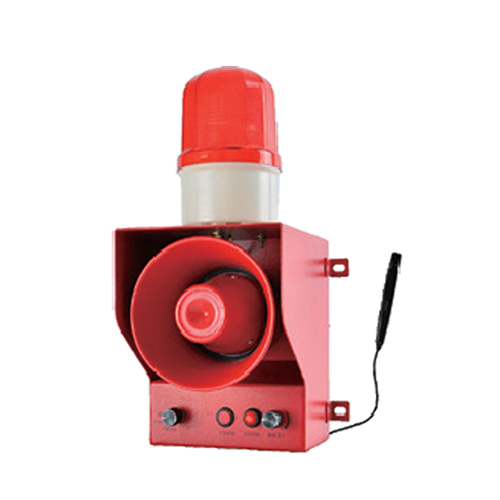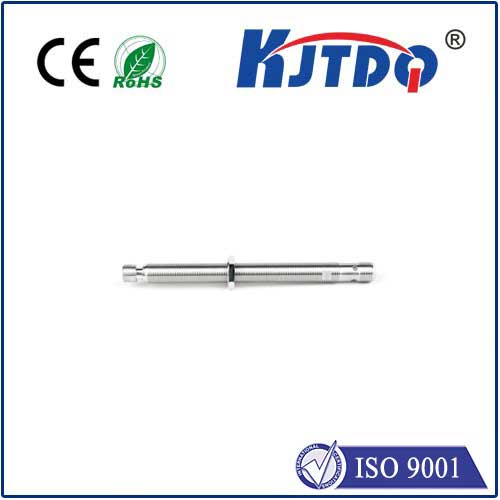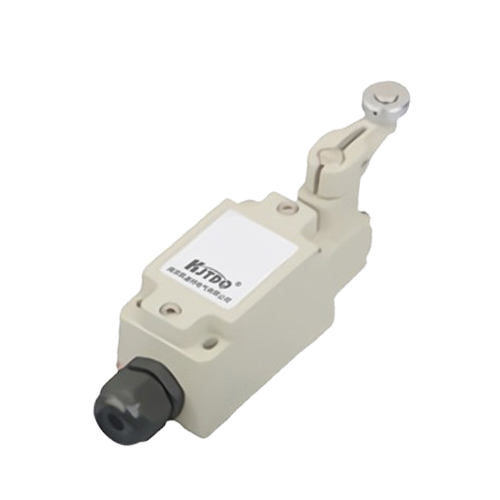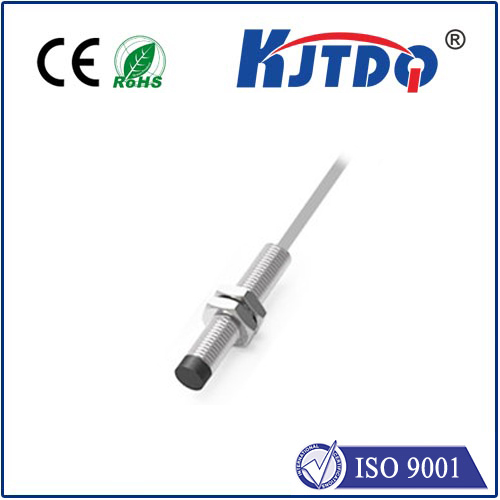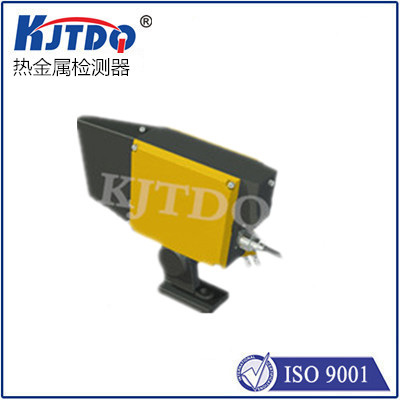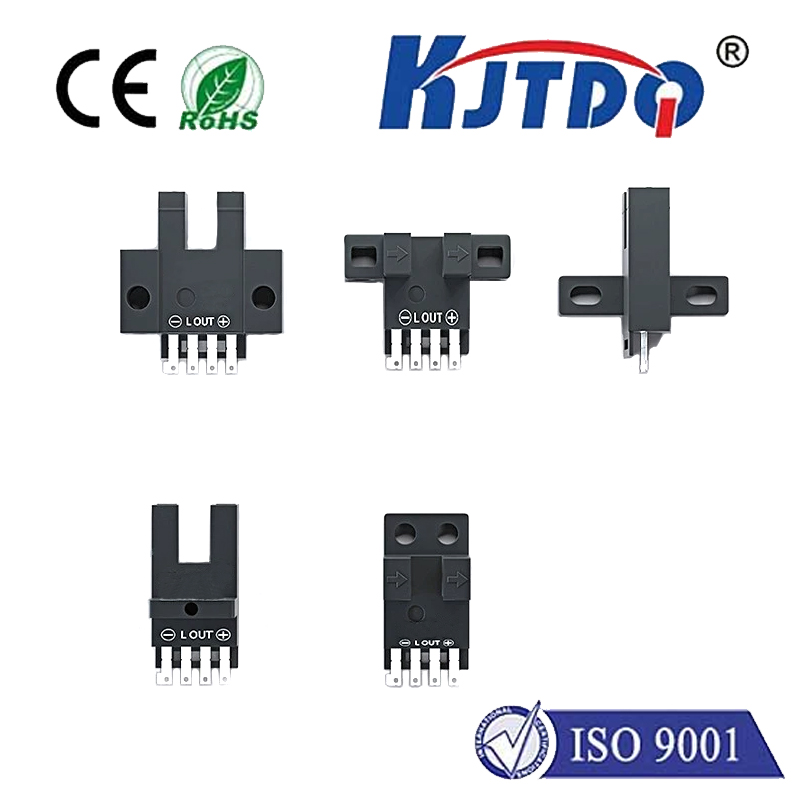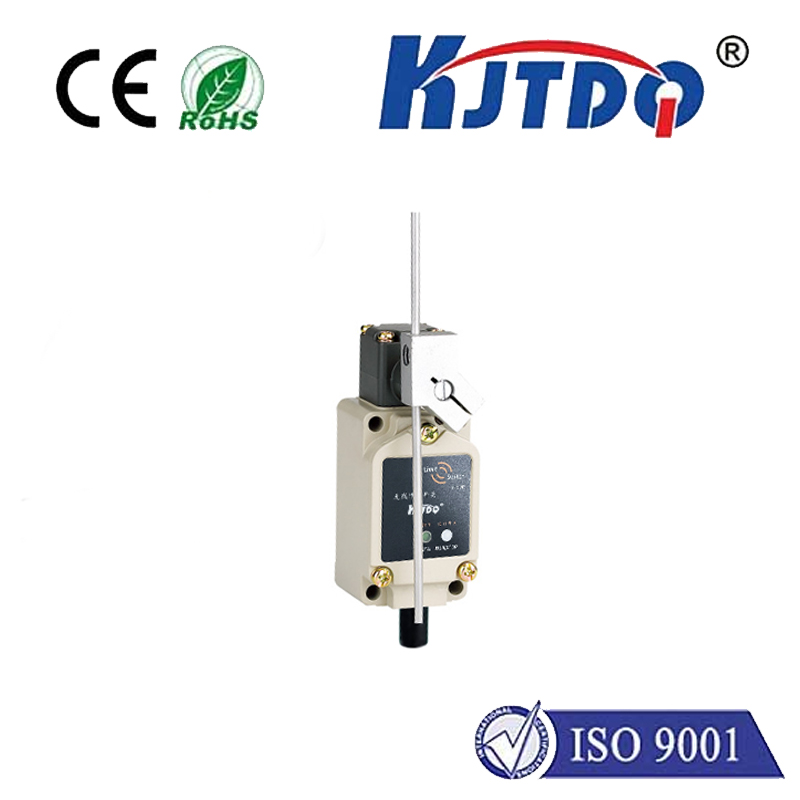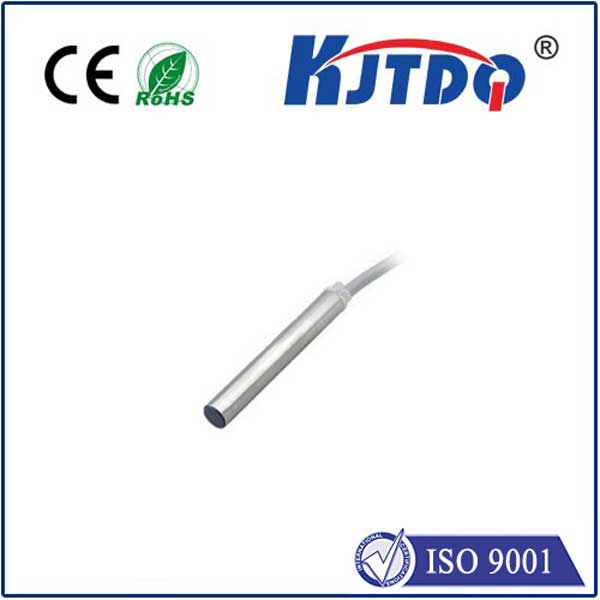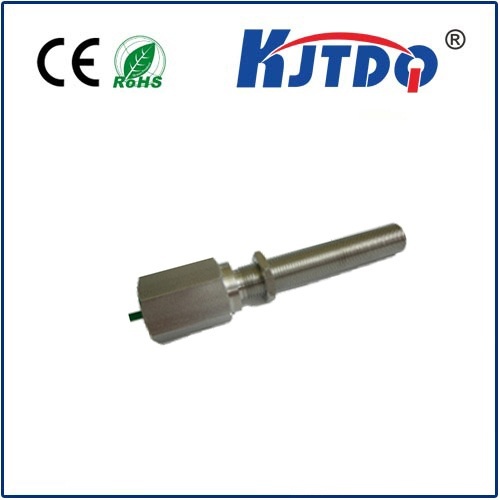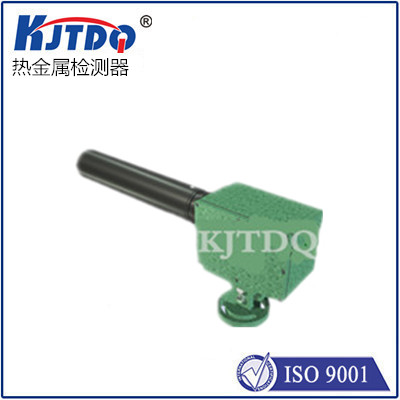

check

check

check

check

check

check

check

check

check

check
In recent years, low voltage proximity sensors have become an essential component in various technological devices. These small yet powerful sensors are used to detect the presence or absence of objects, which can be helpful in a wide range of applications. In this article, we will discuss the role of low voltage proximity sensors in modern technology, their functionalities, and some common uses.
First and foremost, low voltage proximity sensors are designed to detect the distance between two objects. They work by emitting a magnetic field that interacts with the magnetic fields of nearby objects. Depending on the strength and direction of the interaction, the sensor can determine whether an object is present or absent. This property makes them useful in many applications, such as automation, security systems, and industrial control.
One of the key functionalities of low voltage proximity sensors is their ability to adapt to different environments. They can be programmed to detect objects based on their size, shape, and material properties. For example, they can be used to detect people, animals, or vehicles, depending on the intended use. Additionally, some proximity sensors can be equipped with RFID technology, which allows them to read and write data to tags attached to objects. This feature makes them particularly useful in supply chain management and inventory control.
Low voltage proximity sensors are commonly used in automated systems where precise location tracking and detection are required. For example, they can be used in robots to navigate obstacles and avoid collisions. They can also be used in manufacturing processes to monitor equipment performance and detect defects early on. In the healthcare sector, proximity sensors are used to monitor patients' vital signs and track their movements during physical therapy sessions.
Another application of low voltage proximity sensors is in access control systems. These sensors are often used in conjunction with passwords or PIN codes to restrict access to restricted areas. By detecting when a person enters a designated area, the system can trigger alerts or lock doors remotely. Similarly, they can be used in parking garages to prevent unauthorized entry and manage parking spaces more efficiently.
In conclusion, low voltage proximity sensors play a crucial role in modern technology by enabling accurate and reliable detection of objects. Their versatility and adaptability make them suitable for a wide range of applications, from automated systems to security controls. As technology continues to evolve, we can expect to see even more innovative ways in which these sensors are utilized to enhance our daily lives.
